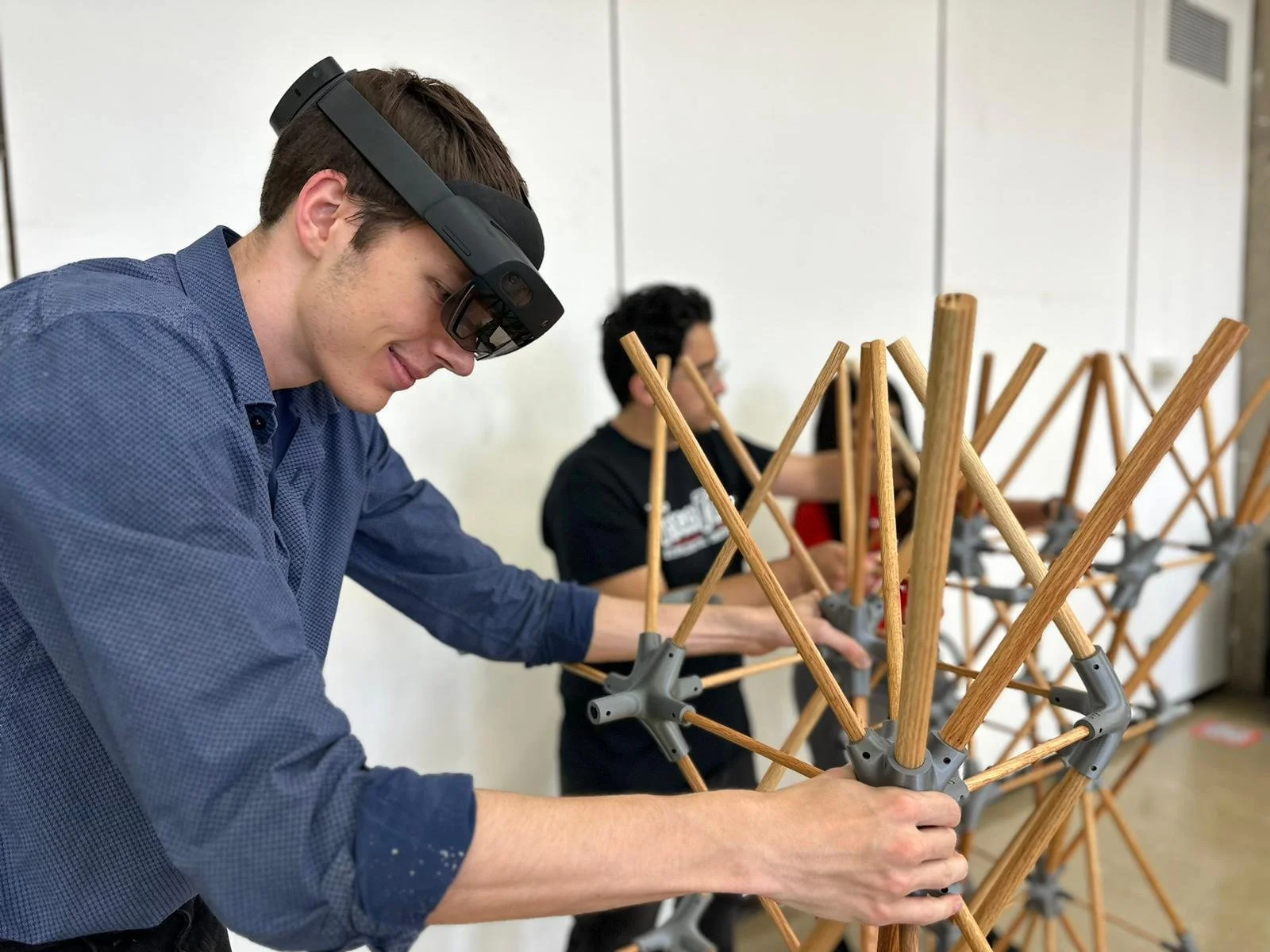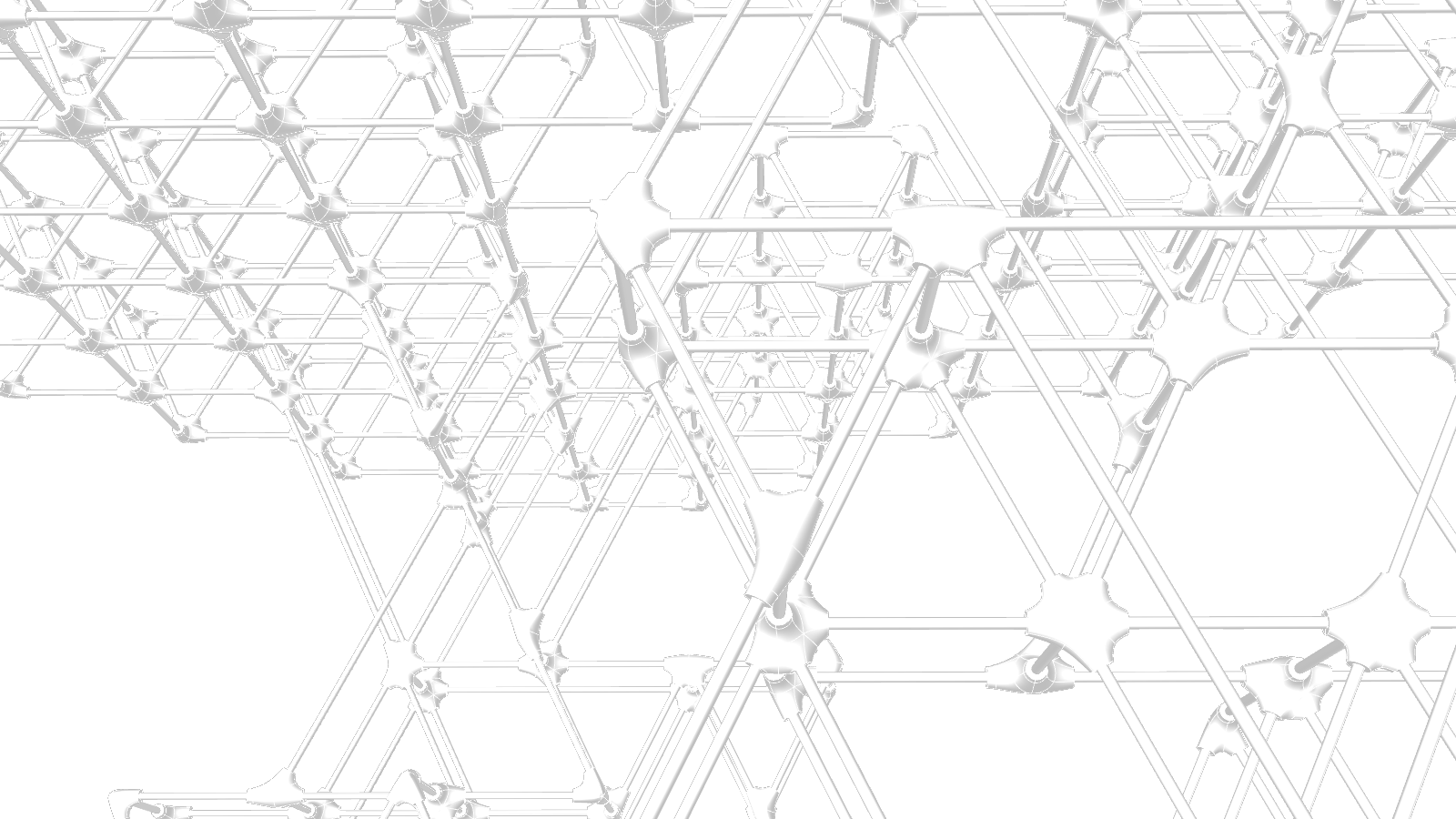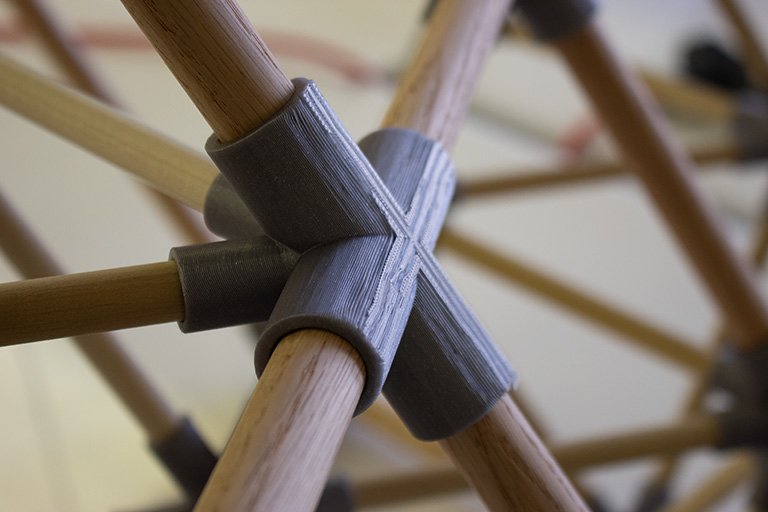
ART vs Code
A Fusion of Creativity and Technology
Museum of Art and Light in Kansas | 2025
OVERVIEW | OBJECTIVES
ART vs Code - A Fusion of Creativity and Technology
Art vs Code is a collaborative project by multidisciplinary artist Parin Heidari and the Hi-DARS Lab (Design and Architectural Robotic Systems) at Texas Tech University, led by Sina Mostafavi. This body of work explores the intersection of analog gesture, robotic precision, and computational design to reimagine the act of drawing as spatial performance.
Rooted in Heidari’s rare ability to draw with both hands simultaneously, the project began with twelve original portraits composed of continuous dual-handed lines on canvas. These hand-drawn works served as both artistic expressions and technical frameworks, later translated into robotic motion through simulation and programming.
Using two large industrial robotic arms equipped with custom light-emitting end-effectors, the Hi-DARS team developed a dual-arm system capable of executing synchronized gestures derived from Heidari’s original drawings. These movements were documented through long-exposure photography and video, transforming ephemeral gestures into spatial compositions of light and time.
The project also incorporates an element of synesthetic interpretation. Heidari’s creative process is deeply influenced by synesthesia, a phenomenon in which sound manifests as color, line, and form. While the robots followed programmed paths extracted from the artist’s drawings, Heidari’s initial gestures were informed by music, creating a layered dialogue between embodied intuition and machine-driven execution.
The result is not merely a reproduction of line, but a choreographed fusion of disciplines, a visual and spatial experience that blurs the boundaries between art and code, gesture and simulation, analog and digital. The final installation invites viewers to witness an unfolding dialogue between artist and machine, where creativity is not replaced but redefined and expanded.
Exhibited at the Museum of Light and Art in Kansas, Ambidextrous Robotic Light Painting is both a spatial installation and a performative record of co-authorship. It challenges conventional notions of authorship, embodiment, and creative process, offering a compelling vision of hybrid futures in which human expression and robotic precision become entangled in new forms of making.
















Texas Tech University Huckabee College of Architecture Core Team:
Principals: Assoc. Prof. Dr. Sina Mostafavi, Asst. Prof. Dr. Asma Mehan
Graduate Research Assistants (Mixed Reality R&D and Graphics): Sarvin Eshaghi, Sepehr Vaez Afshar | Teaching Assistants: Jessica Stuckemeyer, Cole Howell
TTU HCoA Additional Support:
Fabrication support: TTU-HCoA Digital Fabrication, 3D Printing and Robotic Labs, Hinton Vick and Mike West | Poster Layout: Zachary S. Casey | Secondary TTU-HCoA research courses: Smart Materials: Abel Gonzalez, Cole Howell, Jiwon Chung, Luiz Trujillo, Saul Ortega | Community Design and Development: Alfredo Posada Pastor, Chantal Rivas Castillo, Edgar Montejano Hernandez, Elias Hernandez, Georgia Thomas, Judith Peralta Velazquez, Karla Hernandez, Luke Conrad, Maria Martinez, Megan Reynolds, Raymundo Retana Hernandez, Regina Lechuga, Tahseen Reza Anika
TTU HCoA Additional Support:
Fabrication support: TTU-HCoA Digital Fabrication, 3D Printing and Robotic Labs, Hinton Vick and Mike West | Poster Layout: Zachary Casey | Secondary TTU-HCoA research courses: Smart Materials: Abel Gonzalez, Cole Howell, Jiwon Chung, Luiz Trujillo, Saul Ortega | Community Design and Development: Alfredo Posada Pastor, Chantal Rivas Castillo, Edgar Montejano Hernandez, Elias Hernandez, Georgia Thomas, Judith Peralta Velazquez, Karla Hernandez, Luke Conrad, Maria Martinez, Megan Reynolds, Raymundo Retana Hernandez, Regina Lechuga, Tahseen Reza Anika

